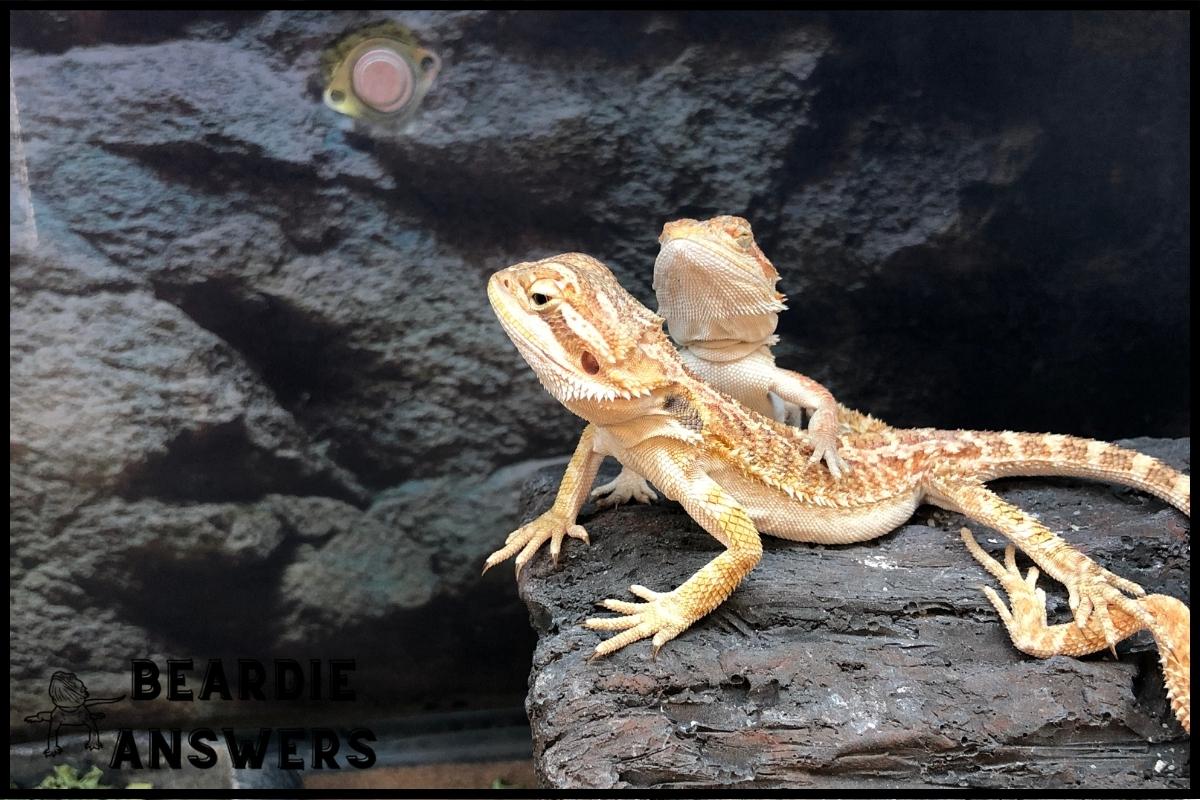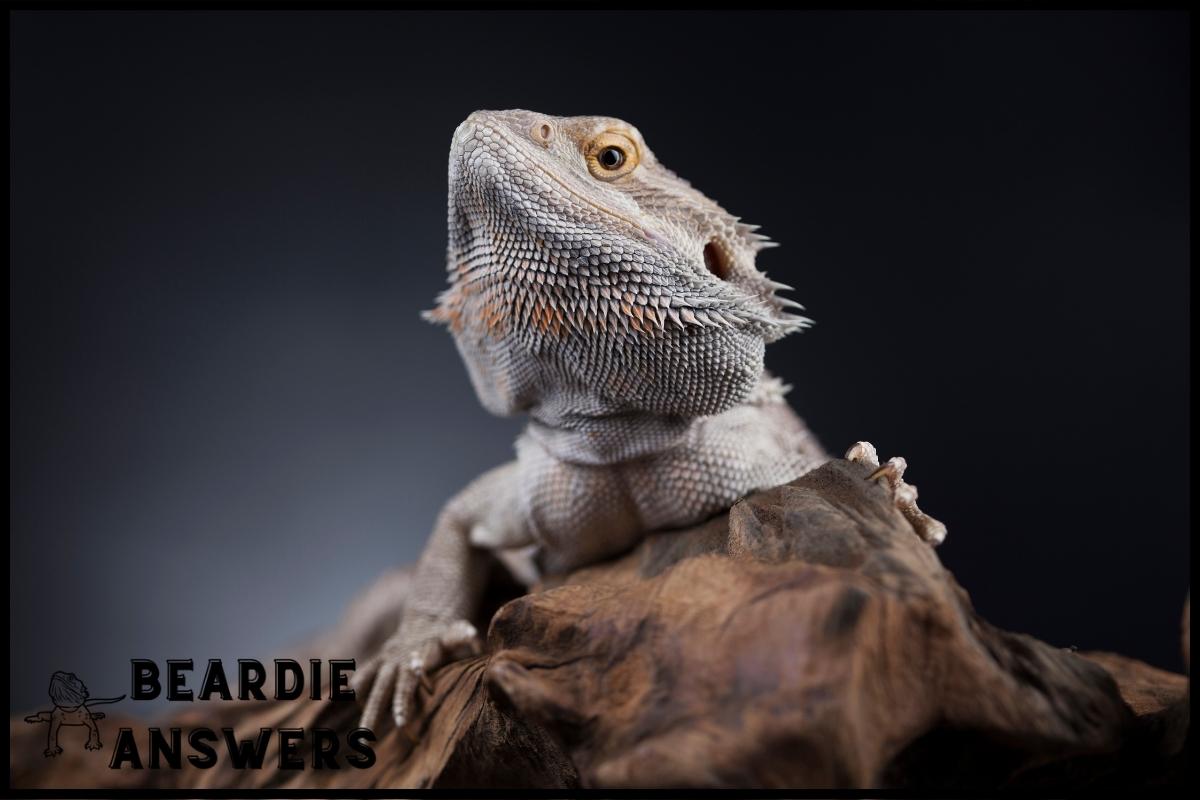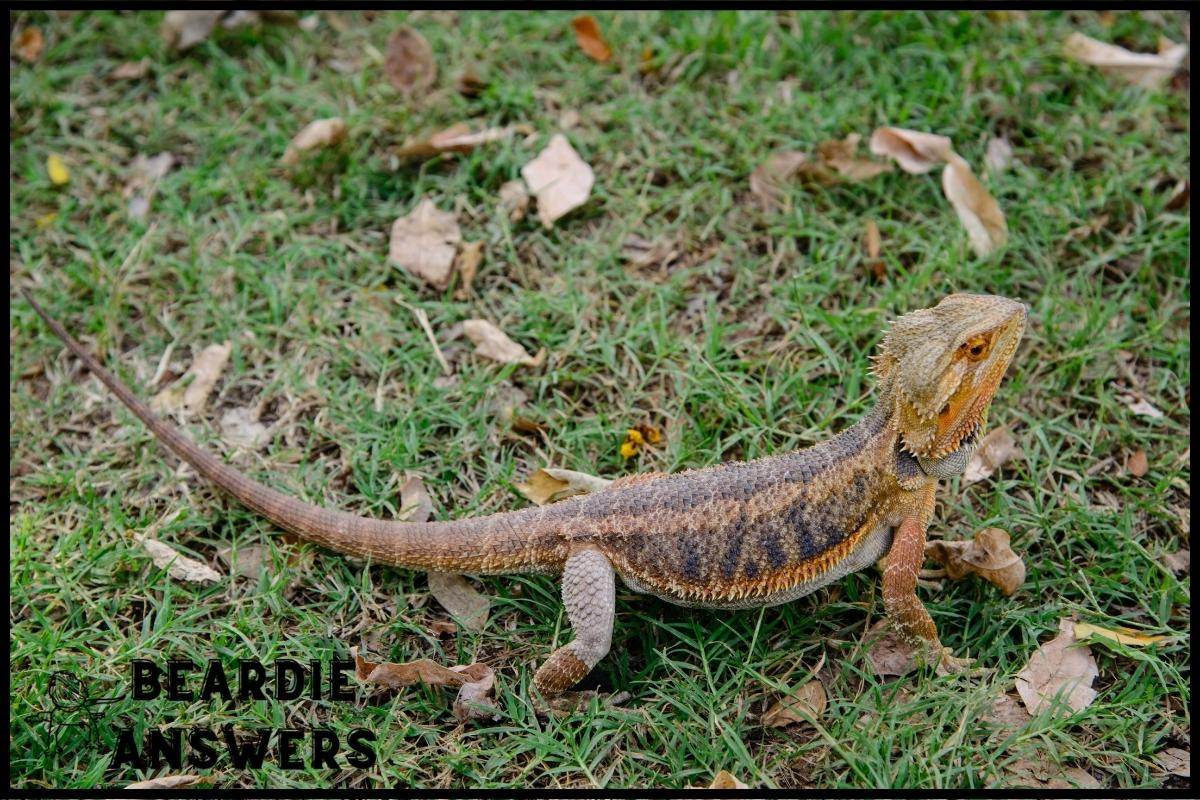Bearded dragons can eat a variety of insects, including crickets, mealworms, roaches, and superworms. However, it is important to gut-load the insects with nutritious food and dust them with calcium and other vitamins before feeding them to the dragon.
What You'll Learn
Understanding Insect Nutrition
Insects are a great source of nutrition for bearded dragons, as they provide essential vitamins and minerals. It’s important to understand the vitamin content of insects, especially if your dragon is eating them exclusively.
For instance, crickets and mealworms are both high in calcium – which helps maintain healthy bones and teeth – while roaches contain more protein than other species. Balance is key when it comes to feeding your reptile; too much of one nutrient can be detrimental to their health.
When feeding your bearded dragon insects, you should consider the size of the insect relative to your dragon’s mouth size. Insects that are too small could cause choking or difficulty swallowing, whereas those that are too large might not fit into its mouth at all.
Additionally, there may be certain bugs that aren’t safe for pets due to chemical treatments used on plants or pesticides found in their natural habitats. Therefore it’s important to research what types of bugs you’ll feed your dragon before offering any food items.
Knowing how often you should feed your pet will also help create a balanced diet full of nutrients. Feeding once daily is usually sufficient for adults, but young dragons may need up two meals per day depending on their age and activity level.
By providing variety and monitoring consumption, you can ensure optimal health now and well into adulthood. Moving forward with an understanding of insect nutrition provides a strong foundation for creating nutritious menus tailored specifically for bearded dragons.
Feeding Your Bearded Dragon Insects
Insects form a significant part of the bearded dragon’s diet, and studies show that up to 90% of their food can be made up of insect matter. Feeding your pet appropriately sized insects is essential for healthy digestion, as well as providing them with a variety of vitamins and minerals. It’s important to remember that not all bugs are suitable for reptile consumption; it’s best to research what types you can provide before making any purchases.
When deciding on which type of bug to feed your bearded dragon, gut-loading is an excellent way to get more nutrition into each meal. This involves feeding the insects nutritious foods like fresh vegetables or specialized commercial diets prior to offering them to your beardie. As long as you keep in mind that they should have a varied diet too, this process will ensure they receive all the necessary nutrients from their meals.
It pays off to take time researching options available when selecting appropriate snacks for your scaly friend – some bugs may look similar but have different nutritional value depending on species! In addition, always make sure there is enough calcium in their diet by dusting their food with a calcium supplement every now and then.
By doing so, you can rest assured knowing that they are getting everything they need nutritionally from their meals. Moving forward to crickets…
Crickets
Crickets are a popular choice for feeding bearded dragons as they provide an adequate amount of protein and fat.
When it comes to harvesting crickets, the process is fairly simple.
Store-bought crickets can easily be found in pet stores or online retailers, while live food such as mealworms require more work to acquire.
It’s important to remember that safety always comes first when dealing with any type of animal product – especially insects like crickets.
Before introducing them into your lizard’s habitat, make sure to properly clean the container where you store them and handle them only after washing your hands thoroughly.
When it comes to actually providing your bearded dragon with their own personal cricket buffet, there are several methods available depending on what works best for you and your pet.
You could buy a few dozen at once from the store or order some from an online retailer, but these need to be replaced regularly since most crickets don’t last longer than two weeks.
Alternatively, if you want a steady supply of fresh crickets for your reptile companion then breeding might be a better option – just keep in mind that this method requires significantly more effort and careful monitoring.
No matter which route you choose, offering variety is essential for keeping your beardie healthy and happy – so don’t forget about other forms of insect life besides crickets!
Mealworms are another excellent source of nutrition for bearded dragons, so let’s take a closer look at those next..
Mealworms
Mealworms are truly a miracle of nature! Not only do they look like something out of an alien movie, but they also offer an incredible amount of nutritional value. Their unique insect diet is the perfect complement to any bearded dragon’s diet, providing them with essential proteins, fats and vitamins that will help keep them healthy and happy.
Mealworms have even been known to be used as treats by some owners – just make sure you don’t overdo it on these wriggly critters!
It’s no wonder why mealworms are such a popular choice for many reptile owners: not only are they readily available from pet stores or online retailers, but their price point makes them a great budget-friendly option for those watching their wallets. And since mealworms can last up to two months when kept in the fridge, this means your beardie won’t need frequent food replacements.
There’s really nothing quite like the convenience of using mealworms as part of your bearded dragon’s dietary routine. Whether you choose to feed them live or dead insects, you can rest assured knowing that your scaly friend is getting all the nutrients they need without breaking the bank.
Roaches
When handling roaches for your bearded dragon, it is important to take the necessary precautions. Wearing gloves and washing your hands thoroughly after touching them are essential steps in maintaining a safe environment. Additionally, you should make sure that the insects you purchase have been raised under clean conditions with adequate food, water, and shelter.
It is also important to maintain a clean habitat when feeding roaches to your pet as they can introduce parasites or bacteria into their diet which could be detrimental to their health. To do this, make sure all surfaces of the enclosure such as substrate, rocks, and decorations are regularly cleaned with reptile-safe disinfectants.
Superworms provide an excellent source of nutrition for bearded dragons due to their high protein content. They are relatively large compared to other feeder insects so it’s easier for adult dragons to eat without having difficulty swallowing them like smaller prey items. Superworms also tend to live longer than other feeders since they possess hard exoskeletons that protect them from being eaten by predators or crushed accidentally by owners when being handled.
For these reasons, many people prefer using superworms over crickets or mealworms for their reptiles’ meals. However, there are some things that need to be taken into account before offering superworms as part of your beardie’s diet. Since they contain more fat than other invertebrates, it’s best not to give too many at once as excessive amounts may lead to obesity in lizards if consumed on a regular basis. Furthermore, they should only be offered occasionally rather than every day as variety is key in providing proper nutrition for any animal species including beardies!
Moving forward with care and attention towards these details will ensure that your beloved pet remains healthy and happy for years to come.
Superworms
Ah, the superworm. This mysterious creature of the night has befuddled us for generations. We know so little about them: where they come from and what nutrition they offer to our beloved bearded dragons – these questions remain a mystery!
But fear not, gentle reader, because in this section we’re gonna take a deep dive into the world of breeding superworms and identifying their nutritional value.
Let’s start with how to breed these mythical creatures. Superworms are fairly easy to breed in captivity; when kept in proper conditions (temperatures between 70-80°F), they can reproduce quickly without much effort on your part. All you need is an enclosure that allows plenty of air circulation, some food sources like oatmeal or bran flakes, and a bit of patience as it might take up to three months before baby worms appear.
So now that you’ve got all those superworms running around your home, let’s talk about their nutrition profile. You’ll be glad to know that superworms are very high in protein – almost 60% by dry weight – making them an excellent source of essential amino acids for your bearded dragon pal. They also have decent amounts of calcium and other minerals like zinc and magnesium which helps ensure optimal health for your scaly companion.
Conclusion
In conclusion, feeding your bearded dragon the right insects can help them stay healthy and happy.
Insects are a great source of nutrients for bearded dragons as they provide essential vitamins and minerals needed to grow strong and vibrant.
Feeding your beardie crickets, mealworms, roaches, and superworms is an excellent way to nourish their body while giving them something enjoyable to eat.
Each insect has its own unique flavor that helps symbolize the importance of variety in life; by trying different things you may discover something wonderful!
The key is to feed them regularly with moderation so they receive all the vital nutrition their bodies need.

Hi! My name is Bryan, I am the “one behind the words” here are BeardieAnswers.com. I believe that providing quality care and nutrition is the best way to ensure the health of your pet. Every beardie is special and deserves the best care and attention. If you have questions about your bearded dragon, please don’t hesitate to ask! View My Full Author Page




